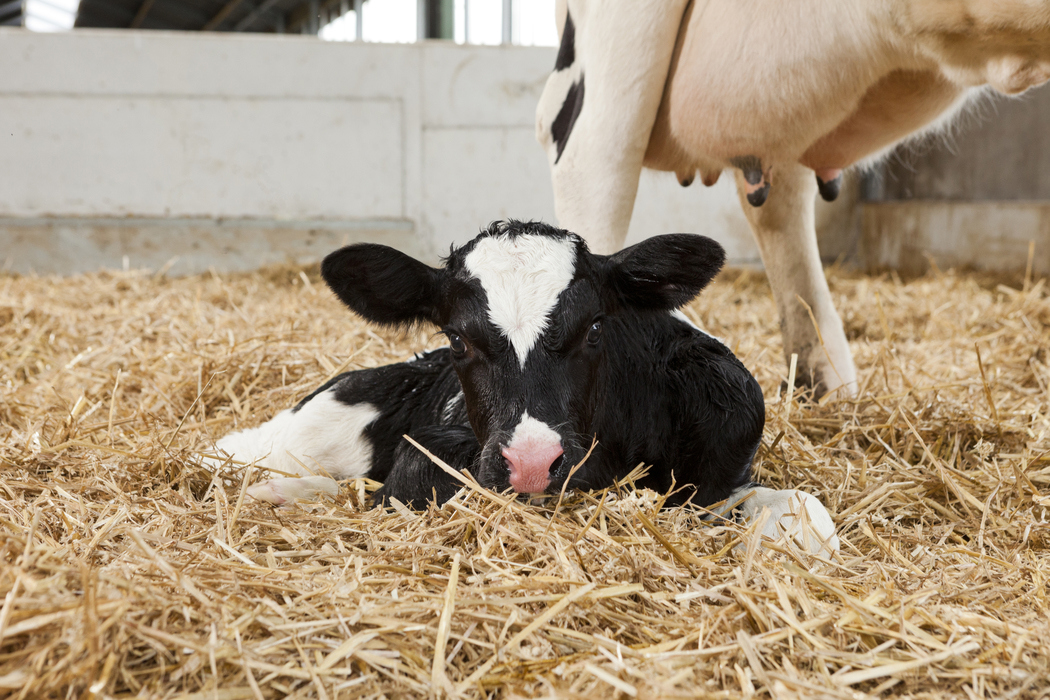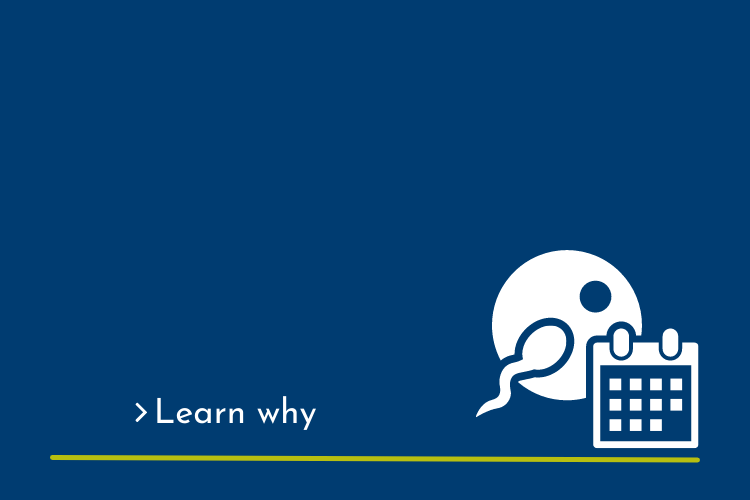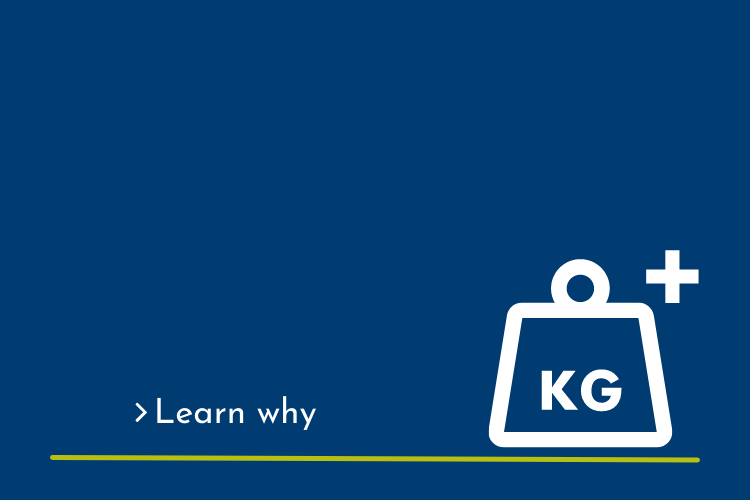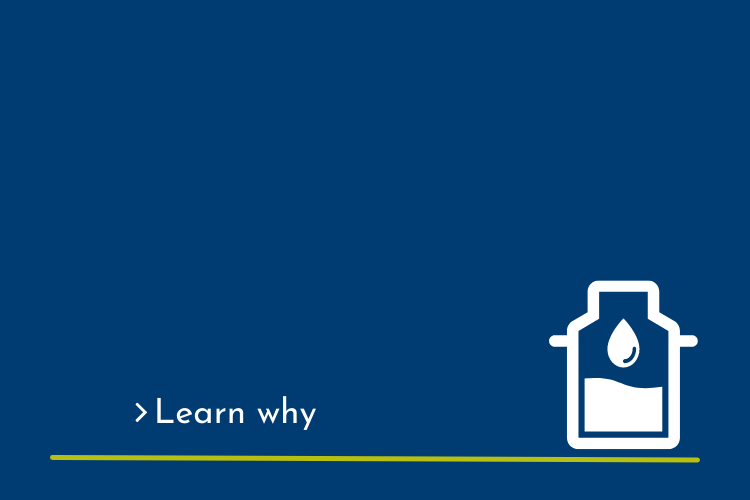
LifeStart Results
LifeStart feeding schedules result in a lower culling rate during 1st and 2nd lactation
Several authors have shown that elevated planes of nutrition in dairy calves increase milk production during the 1st lactation[1,2,3,4,5,6,7,8,9]. In some of these studies, the effect on culling during the 1st lactation was studied. Bolt et[9] al found a culling rate of 7.1% during the 1st lactation in calves fed according to a LifeStart schedule, vs 12.5 % in a group fed according to a restricted schedule.
Faber et all[2] found that if calves were fed 2 litres of colostrum at birth, the risk later in the life of failing to complete two lactations was 9 out of 37 (24.3% culled) compared with only 4 out of 31 (12.9% culled) when calves were fed 4 litres of colostrum at birth. This study, therefore, suggests that the longevity of dairy cows may be affected by colostrum intake at birth.

The Trouw Nutrition Kempenshof trial
A total 86 individually housed female dairy calves were included in a longitudinal study carried out in the Kempenshof[10]. Pairs of calves were fed the same amounts of colostrum from the same source and blocked by colostrum, parity and season. The only difference between the two groups was the amount of calf milk replacer fed. The LifeStart group was fed 8 litres per day compared to 4 litres per day for the controls, both groups were fed at a concentration of calf milk powder of 150 g/l.
First Lactation |
Conventional |
LifeStart |
Difference in number of drop-outs |
p-value |
| Number of calves weaned | 42/43 (98%) | 43/43 (100%) | 1 | 0.42 |
| Number of reaching the age of first breeding | 39/43 (90%) | 41/43 (95%) | 1 | 0.39 |
| Number of heifers that calved | 38/43 (88%) | 40/43 (93%) | 0 | 0.36 |
| Number of heifers finishing their first lactation | 28/43 (64%) | 33/43 (77%) | 3 | 0.07 |
| Number of cows finishing their second lactation | 17/43 (39%) | 24/43 (56%) | 2 | 0.05 |
Results
Dairy heifers in the group fed the conventional feeding schedule had a higher culling rate during the rearing phase, but this difference was only numerical. Culling rate in 1st and 2nd lactation was however lower in the LifeStart group and by the time the animals had completed their second lactation, the difference in culling rate was substantial and had reached statistical significance, despite the fact that the total number of animals in both groups had gone down
References
[1] Shamay, A., D. Werner, U. Moallem, H. Barash, and I. Bruckental. 2005. Effect of nursing management and skeletal size at weaning on puberty, skeletal growth rate, and milk production during first lactation of dairy heifers. J. Dairy Sci. 88:1460–1469.
[2] Faber, S. N., N. E. Faber, T. C. McCauley, and R. L. Ax. 2005. Case study: Effects of colostrum ingestion on lactational performance. Prof. Anim. Sci. 21:420–425.
[3] Morrison, S. J., H. C. F. Wicks, R. J. Fallon, J. Twigge, L. E. R. Dawson, A. R. G. Wylie, and A. F. Carson. 2009. Effects of feeding level and protein content of milk replacer on the performance of dairy herd replacements. Animal 3:1570–1579.
[4] Davis Rincker LE, VandeHaar MJ, Wolf CA, Liesman JS, Chapin LT and Weber Nielsen MS, Effect of intensified feeding of heifer calves on growth, pubertal age, calving age, milk yield, and economics. J. Dairy Sci 94:3554-3567 (2011).
[5] Moallem, U., D. Werner, H. Lehrer, M. Zachut, L. Livshitz, S. Yakoby, and A. Shamay. 2010. Long-term effects of ad libitum whole milk prior to weaning and prepubertal protein supplementation on skeletal growth rate and first-lactation milk production. J. Dairy Sci. 93:2639–2650.
[6] Raeth-Knight, M., H. Chester-Jones, S. Hayes, J. Linn, R. Larson, D. Ziegler, B. Ziegler, and N. Broadwater. 2009. Impact of conventional or intensive milk replacer programs on Holstein heifer performance through six months of age and during first lactation. J. Dairy Sci. 92:799–809.
[7] Drackley, J. K., B. C. Pollard, H. M. Dann, and J. A. Stamey. 2007. First-lactation milk production for cows fed control or intensified milk replacer programs as calves. J. Dairy Sci. 90(Suppl. 1):614 (Abstr.).
[8] Terré, M., C. Tejero, and A. Bach. 2009. Long-term effects on heifer performance of an enhanced growth feeding programme applied during the pre-weaning period. J. Dairy Res. 76:331–339.
[9] Soberon F, Raffrenato E, Everett RW and Van Amburgh ME. 2012. Preweaning milk replacer intake and effects on long-term productivity of dairy calves. J. Dairy Sci. 95:783-793.
[10] Data on file, Study report R06201A.







